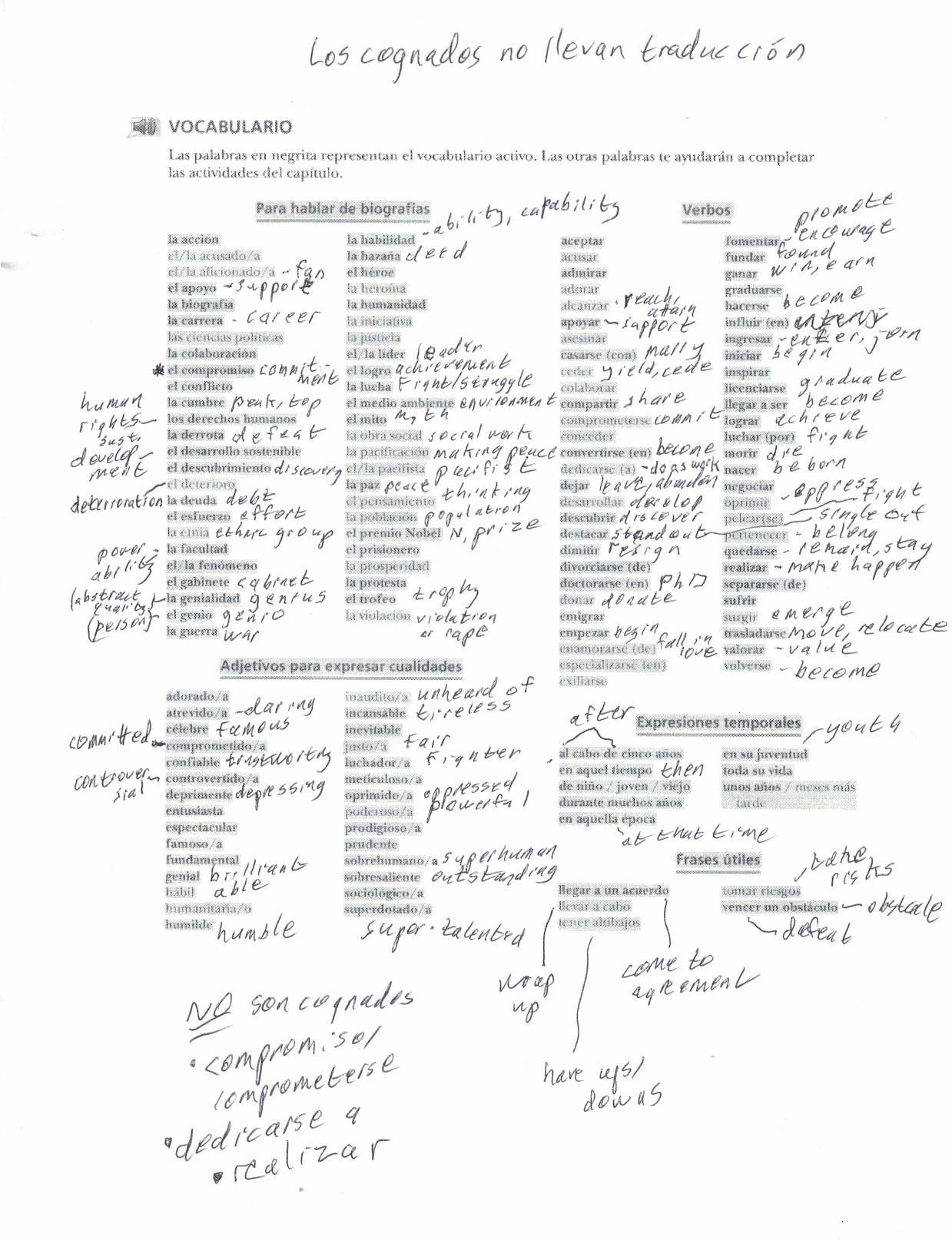Last week I wrote about my policy of handing out vocabulary lists with the English glosses (translations) written in. (Our textbook does not provide glosses for the end-of-chapter vocabulary lists, only a master list at the end of the book.)
When my students filled out their course evaluations I asked them to let me know what they thought of this practice. My question presented both sides of the issue:
“I like to give you the English translations of the chapter vocabulary to save you time and point out possible pitfalls. But other teachers think that looking up the words yourself is an important step in learning. Which approach do you think is best for you?”
I was pleased to see that my students unanimously appreciated the glosses. Also, even though I forgot ask them to explain their choice, most did so on their own. Saving time was most often mentioned as a benefit. Since this is a most studious group, I wasn’t surprised that many of these students said this was time they could spend memorizing the words or doing other homework.
One student gave a more nuanced perspective on the time factor:
” I looked up all my vocab words myself last year in Spanish class and although it did help me to know them better in the beginning, having the extra time saved from not looking them up meant more time to study them and memorize them later.”
A second benefit often mentioned was accuracy: students said that the glosses kept them from “studying the wrong meanings,” as one student put it.
Given this response, I will definitely continue to provide glosses when I teach this class again.
Some specifics: Sixteen students were present that day, and all responded. Of the thirteen who explained their answer, nine mentioned time and five accuracy. (These add up to fourteen because one student gave both reasons.)
